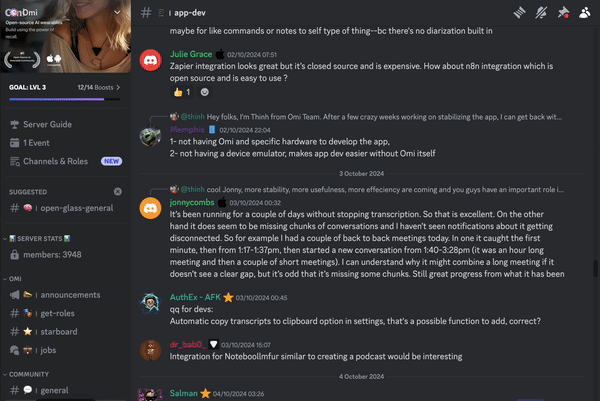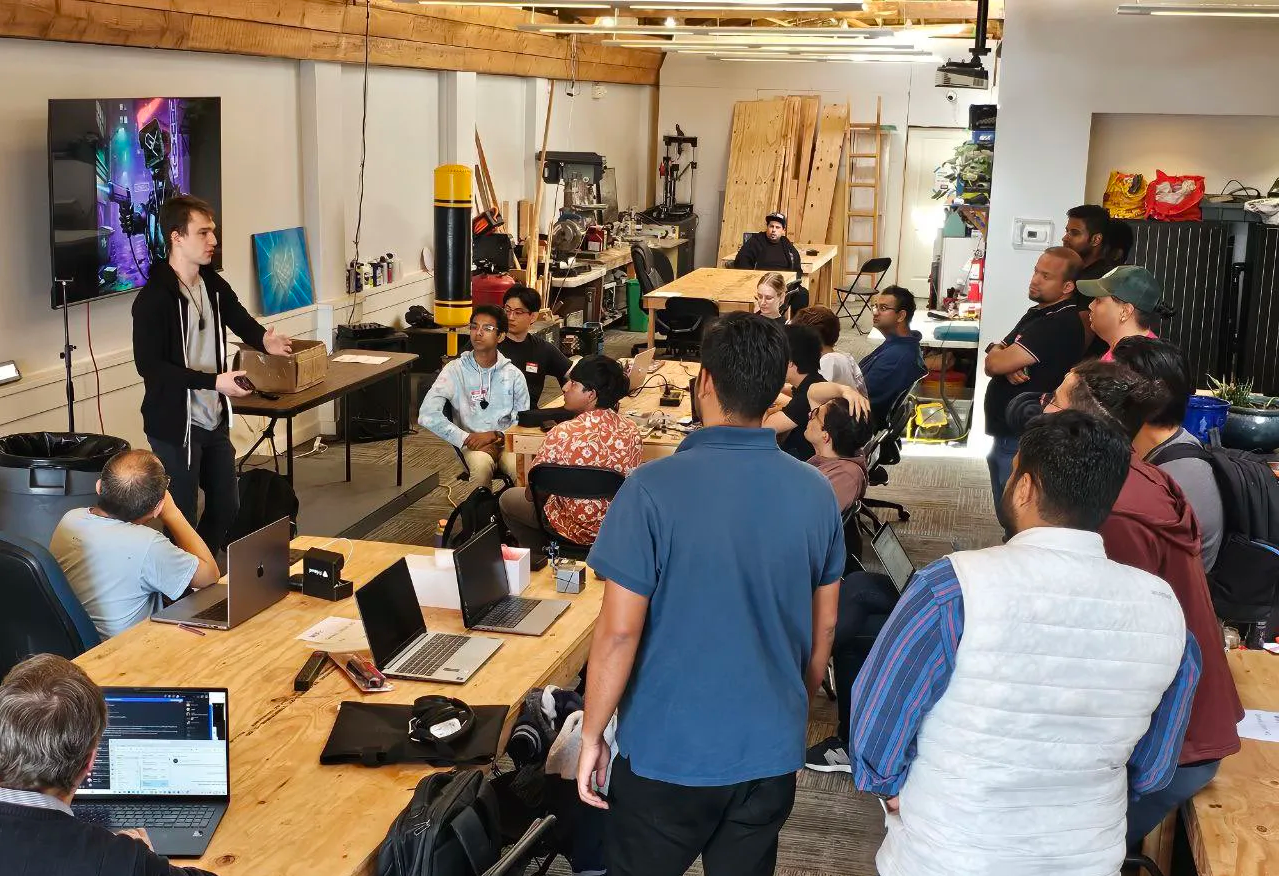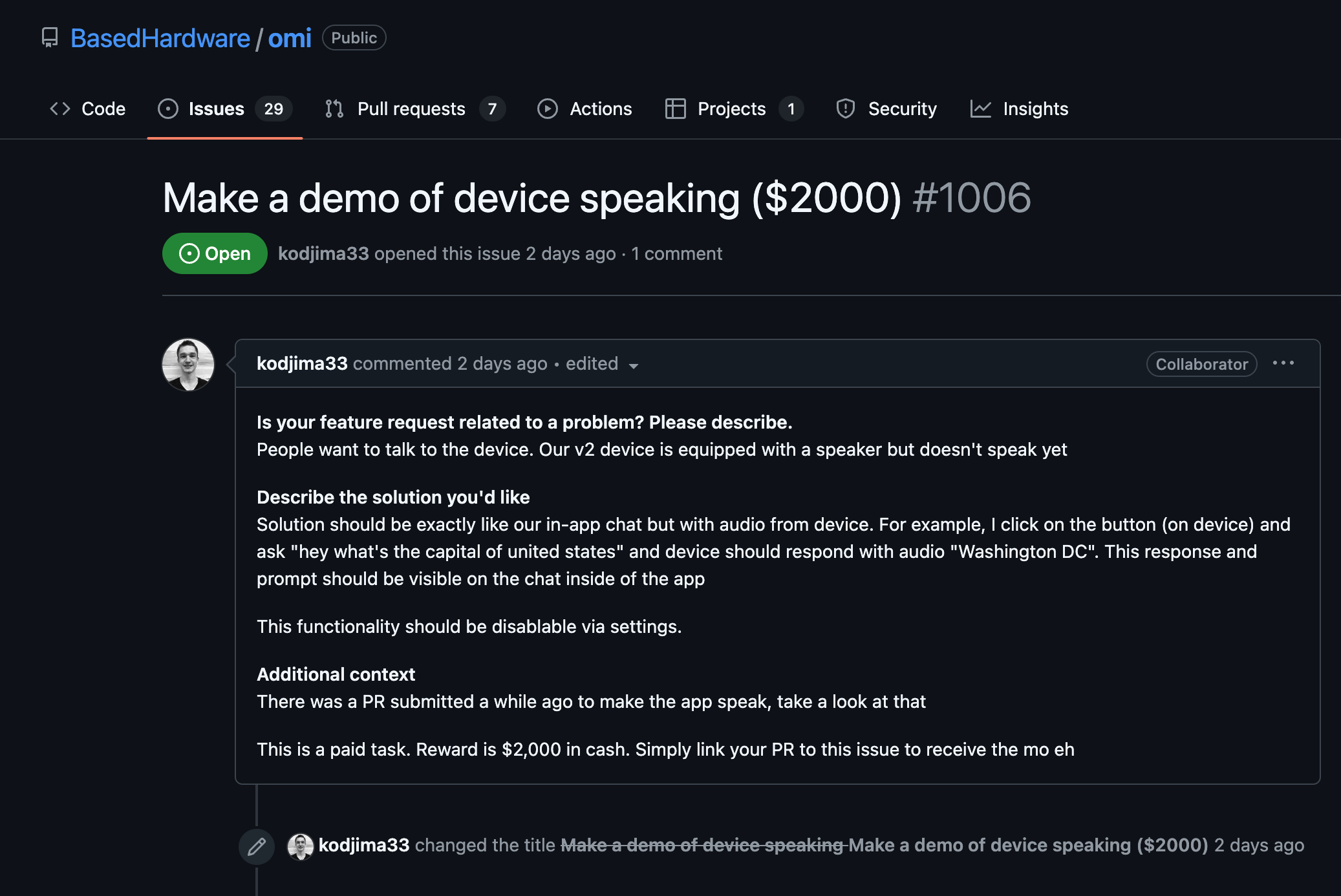Understand the Requirements
- Start by thoroughly reviewing the hardware specifications. It's critical to understand how your device interacts with the processor, what bus systems it uses, and the associated memory maps.
- Study the datasheets and reference manuals provided by the hardware manufacturer to grasp the operational details, including communication protocols and pin configurations.
- Identify the operating system or RTOS you will be writing for, and understand its architecture and driver model as this will define how drivers interface with the OS (such as Linux, FreeRTOS, etc.).
Choose the Right Development Environment
- Choose a development environment that supports your embedded platforms, such as Keil, IAR Embedded Workbench, or the various IDEs for Linux kernel development.
- Ensure you have access to necessary compilers or cross-compilers that support the processor architecture of your embedded system (e.g., ARM GCC for ARM-based systems).
Design the Driver
- Break down the driver functionalities into manageable modules, such as initialization, data transfer, and interrupt handling.
- Define how your driver will expose its registry I/O operations to user space applications if needed, typically through system calls or ioctl in case of Linux.
- Draft a flowchart or detailed description of how the driver interacts with both the hardware and the operating system.
Write the Driver Code
Testing and Debugging
Documentation and Maintenance
- Create detailed documentation of your driver to describe its functionality, usage, limitations, and the API offered to user-space applications.
- Write inline comments within the codebase to assist future development and troubleshooting efforts.
- Set up a process for continuous integration/testing to ensure the driver remains stable and functional even as changes are made to the rest of the system.























